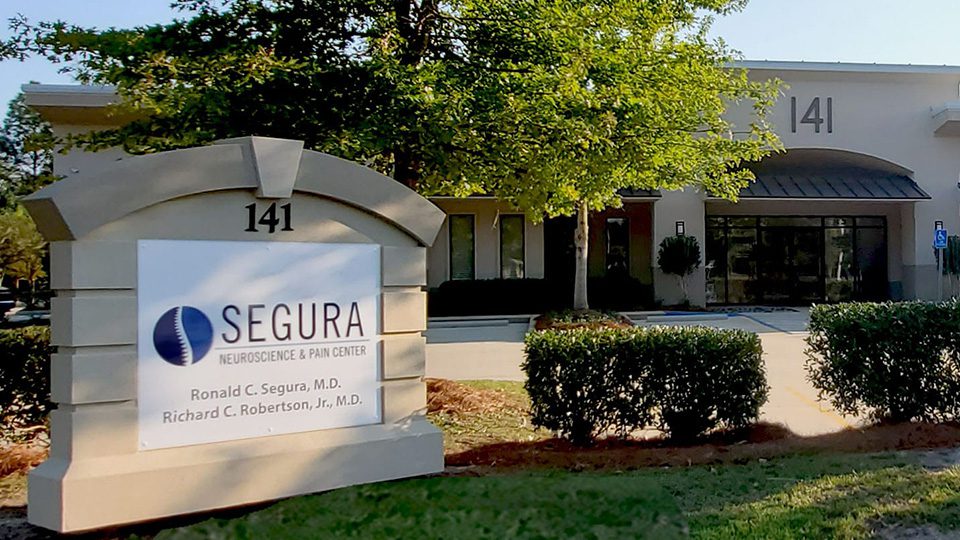
What Does Stenosis Mean?
The Types of Spinal Stenosis
"Stenosis can happen in any region of the spine, including cervical, thoracic, or lumbar. Foraminal stenosis is the most common, impacting sensory and motor function in the torso, arms and legs. "Richard C. Robertson, MD
What Causes Stenosis of the Spine?
"This narrowing may follow injuries like disc bulges or herniations, abnormal alignment and bone spurs. But narrowing in the spinal canal can also be a product of the degeneration of bones, joints and discs that’s associated with aging."Ronald C. Segura, MD
I Have Spinal Stenosis. What Now?
You’re not alone. Spinal stenosis affects more than 200,000 people each year, according to the Mayo Clinic. Treatment usually starts with physical therapy, a regimen of non-steroidal anti-inflammatory drugs, exercise or epidural steroid injections. If the pain persists, doctors may recommend surgery, including a laminectomy or cervical discectomy. Unfortunately, some patients go through multiple procedures and still don’t find relief. Modern pain management techniques are the next step.
Lumbar Transforaminal Steroid Injections provide a non-surgical option that reduces pain and swelling in the spine. These injections are administered directly into the spine’s epidural area, and often contain pain medicine or a saline solution that flushes out inflammatory proteins. Patients typically resume normal activities the following day.
The Spinal Cord Stimulator, which is similar to a pacemaker, emits electrical impulses that disrupts pain signals so they can’t reach the brain. The doctors at Segura Neuroscience & Pain Center will first confirm that your pain is not caused by a malignancy, that there are no major psychiatric disorders present, and that other surgical options would not or have not succeeded. Most patients return home the same day following the implant procedure.
Schedule an Evaluation Today
About Dr. Segura

Ronald C. Segura, MD
Ronald C. Segura, MD is is double board certified in PM&R and Interventional Spine & Pain Medicine.
Dr. Segura attended LSU School of Medicine in New Orleans and completed a four-year residency training program in Physical Medicine & Rehabilitation. Dr. Segura's philosophy utilizes a multidisciplinary approach to healing pain. His treatment plan focuses on reducing pain and improving functional ability, which enhances one's quality of life.
About Dr. Robertson

Richard C. Robertson, Jr., MD
Richard C. Robertson, MD is is double board certified in anesthesiology and interventional pain management.
Dr. Robertson served as a board member of the Mississippi State Medical Association and was chosen to receive both the Virginia Stansel Tolbert Award and the Carl Gustav Evers Award for outstanding leadership. He chose to further specialize his training by completing an ACGME-accredited fellowship in interventional pain management at Wake Forest University Baptist Medical Center in Winston-Salem, NC.
This website is not intended to provide specific medical advice, medical diagnosis, opinion, treatment or services to you or to any other individual. Through this website and links to other websites, Segura Neuroscience & Pain Center provides general information for educational purposes only. The information provided in this site is not a substitute for medical or professional care. You should not use this information in place of the advice of your physician or other healthcare provider. Segura Neuroscience & Pain Center is not liable or responsible for any advice, course of treatment, diagnosis or any other information, services or product you obtain through this website.

